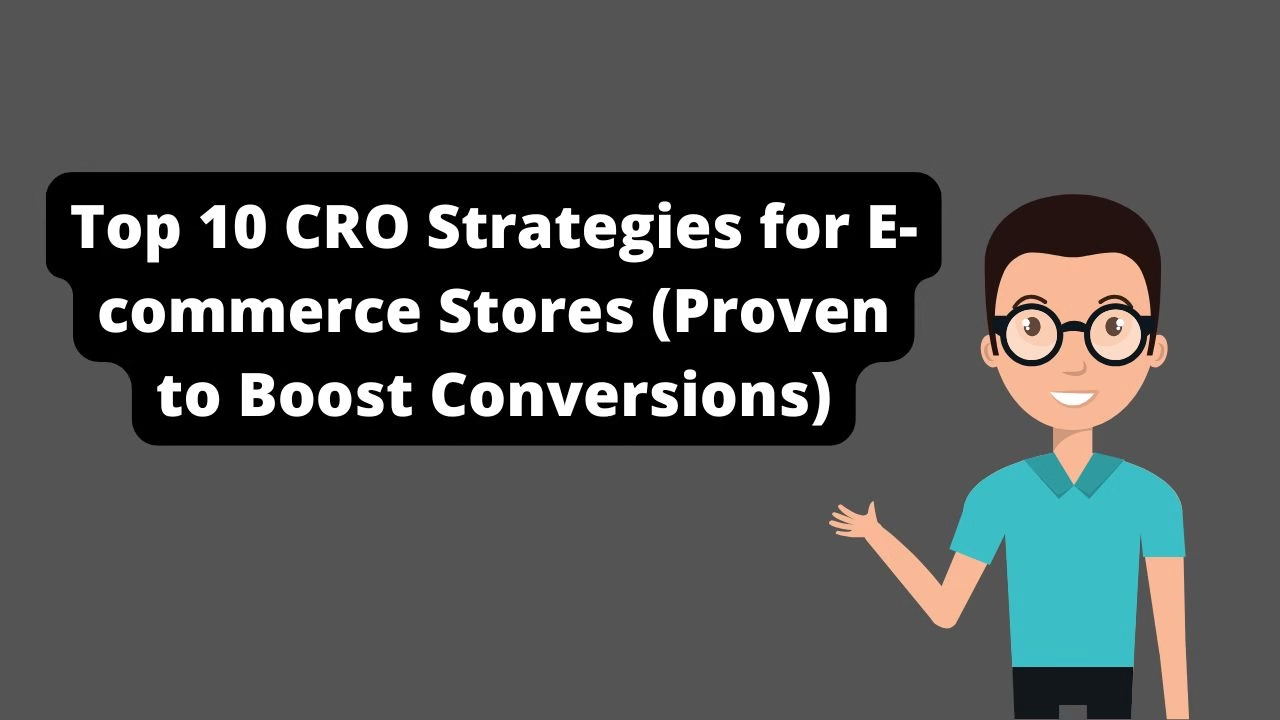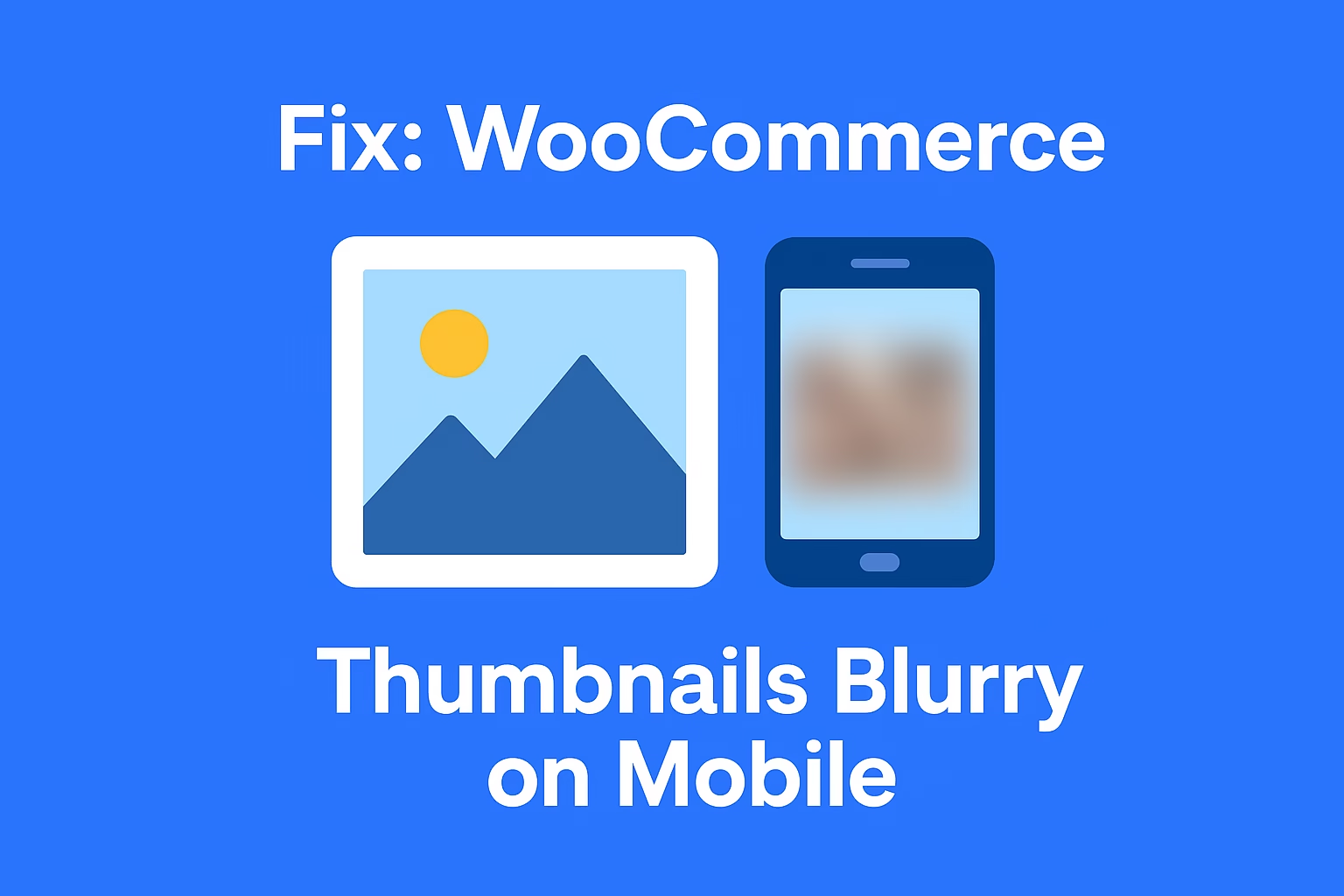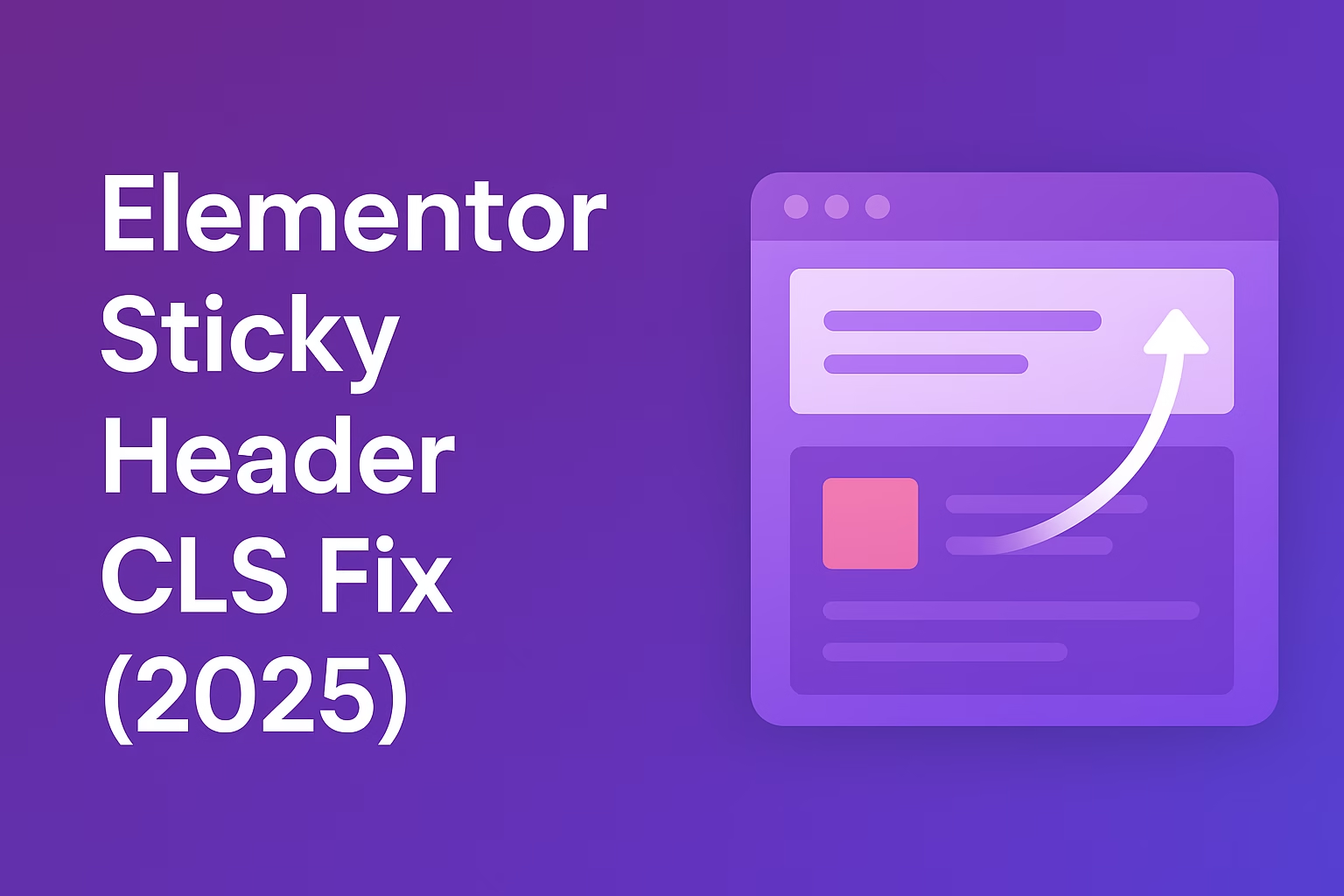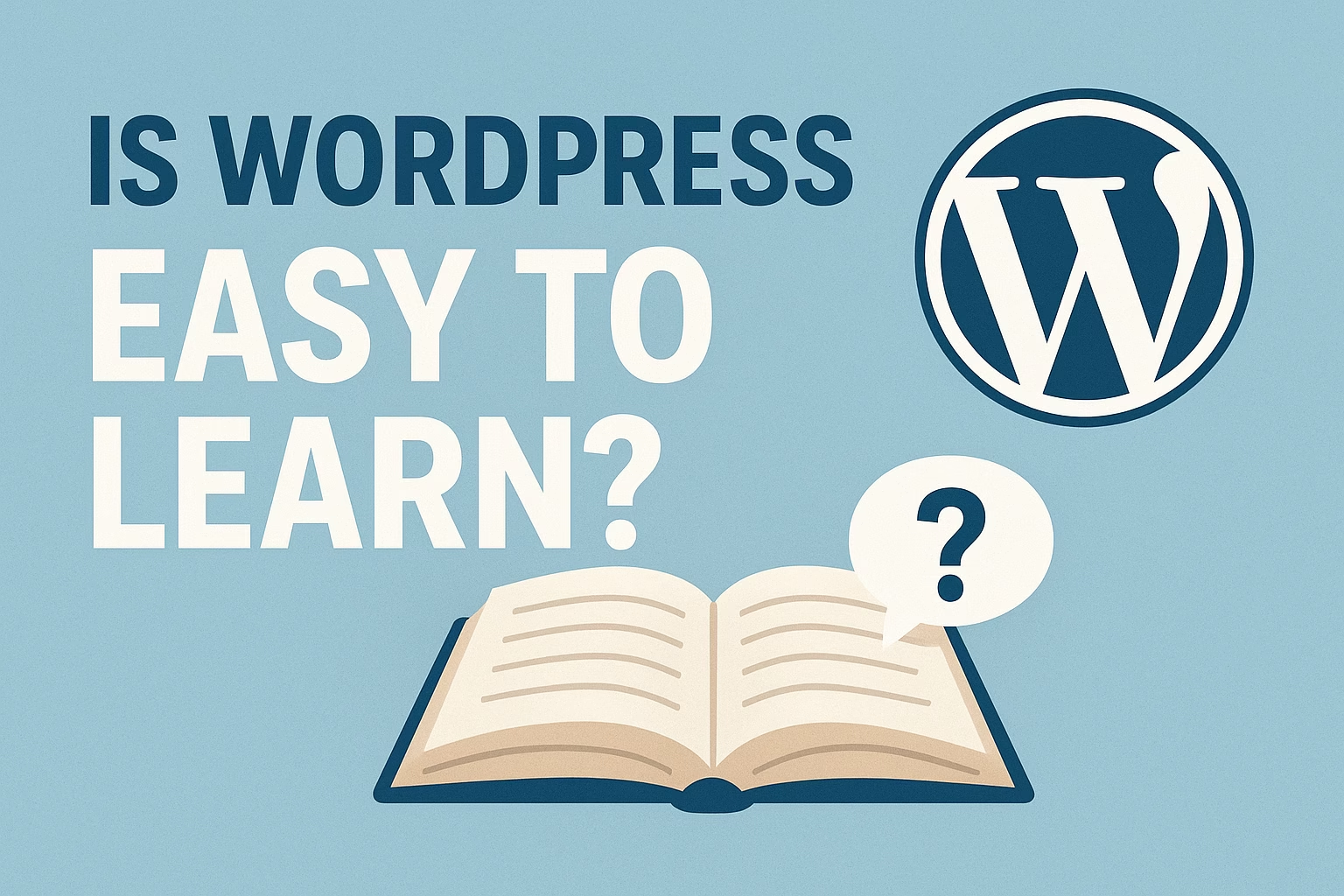CRO (Conversion Rate Optimization) in e-commerce refers to improving your website or store experience to increase the percentage of visitors who complete desired actions, such as purchasing, signing up, or adding to cart — without necessarily increasing your traffic.
Most online stores focus on getting traffic. But here’s the truth: traffic doesn’t equal money. Conversion Rate Optimization (CRO) is what turns visitors into buyers. This guide dives deep into 10 proven CRO strategies specifically for e-commerce. If you’re running a WooCommerce, Shopify, or custom store — this one’s for you.
1. Simplify Your Checkout Process
A complicated checkout is a sales killer. 17 out of 100 customers drop off simply because the process is too long. Here’s what works:
- Use one-page checkout if possible.
- Auto-fill city/state fields with postal code lookup.
- Remove unnecessary fields (e.g., fax, company name).
Bonus tip: If you’re on WooCommerce, read this.
2. Use Urgency and Scarcity Tactics (Ethically)
People act faster when there’s urgency. Don’t fake it — use:
- “Only 3 left in stock” labels.
- Limited-time flash sales (real timers).
- Cart reservation countdowns (esp. for high-demand products).
Ethical scarcity creates motivation without ruining trust.
3. Add Social Proof That Hits
Reviews. Testimonials. User-generated photos. These are CRO weapons:
- Show average rating + total reviews near CTA buttons.
- Highlight best reviews (with images).
- Use tools like Judge.me (Shopify) or CusRev (WooCommerce).
After implementing this, many stores see a 10–15% lift in conversions.
4. Improve Speed and Mobile UX
53% of mobile users bounce if a site takes more than 3 seconds. Here’s how to fix it:
- Compress images using TinyPNG or ShortPixel.
- Lazy load below-the-fold assets.
- Use fast themes like Dawn (Shopify) or Storefront (WooCommerce).
Google’s research proves this one CRO move alone can lift revenue 20%+.
5. Bulletproof Product Page Design
Product pages are CRO battlegrounds. Do this:
- Use bullet points for key benefits above the fold.
- Keep CTAs sticky on mobile.
- Add trust badges (SSL, money-back guarantee, etc.).
- Have clear images + zoom + alternate angles.
High-converting pages are clean, scannable, and focused.
6. Offer Free Shipping (With a Twist)
Don’t just say “Free Shipping.” Make it strategic:
- “Free shipping over $50” = lifts average order value (AOV).
- Display a progress bar: “You’re $12 away from free shipping!”
- Make shipping messaging visible on product + cart page.
This one simple tweak often adds 10–20% in AOV uplift.
7. Deploy Smart Popups
Popups don’t have to be annoying — they should be smart:
- Use exit-intent offers like 10% off or free shipping.
- Capture email leads before bounce.
- Delay popup triggers until scroll depth or 30s in.
Tools like Klaviyo and OptinMonster are great for this.
8. A/B Test Everything (Especially CTAs)
You’re leaving money on the table if you’re not testing. Run A/Bs for:
- CTA button color, size, placement.
- Headline clarity (e.g., “Shop Now” vs. “Get Yours Today”).
- Product titles (descriptive vs. emotional).
On Shopify? Try Neat A/B or ConvertKit. On Woo? Use Google Optimize.
9. Personalized Offers + Dynamic Recommendations
“You might also like” = 💸. Platforms like ReConvert or WooCommerce Product Recommendations can automate this.
- Display related products on product and cart pages.
- Use data to recommend based on previous behavior.
- Upsell bundles, accessories, or premium versions.
Just make sure recommendations are relevant — not random spam.
10. Build Trust Visually
No trust = no sale. Add visible trust signals:
- Guarantee + Return Policy near Add to Cart button.
- Payment icons (Visa, PayPal, etc.).
- 3rd-party review widgets (Google, Trustpilot, etc.).
This is especially important for first-time customers.
Bonus Tip: Use Post-Purchase Upsells
After someone checks out — it’s your moment to upsell. Use post-purchase thank you pages or order confirmation upsell widgets. Shopify offers this via ReConvert. On WooCommerce, use custom thank you page filters or lightweight plugins.
Conclusion: CRO = Smart Money
You don’t need more traffic — you need more conversions. These CRO tactics are proven to help you get more revenue from the same visitors. Want to dive deeper into SEO? Read this next.
Need help implementing CRO into your WooCommerce or Shopify store? Let’s talk here.
Optimize smart. Convert more. Scale faster. 🚀




